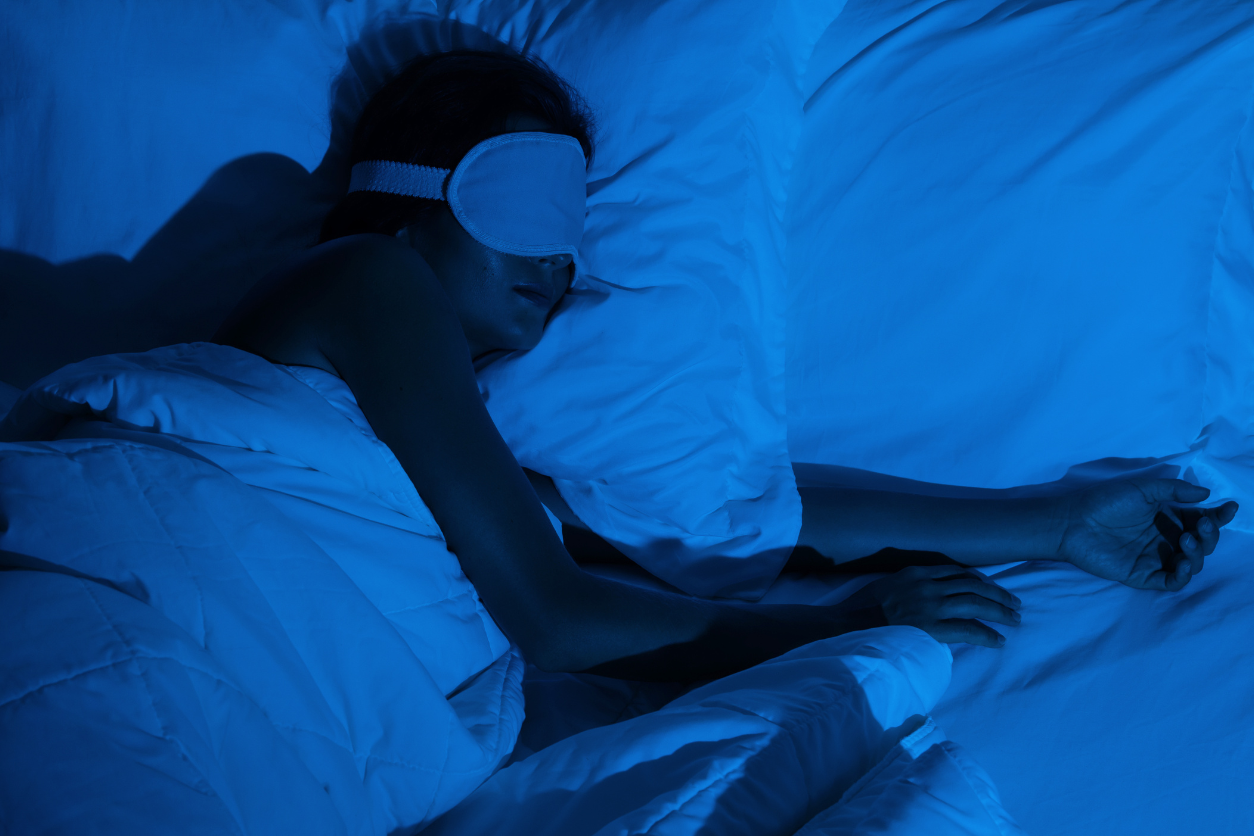White Noise vs Brown Noise: Which Induces More Restful Sleep?

When it comes to achieving a good night’s sleep, the debate between white noise and brown noise has intrigued sleep enthusiasts for a while. These sounds have gained popularity for their ability to create a calming sleep atmosphere. If you are planning to get a sound machine for sleep, you might be curious about which one is better. Join us as we explore the world of soundscapes and uncover the secrets behind white noise and brown noise. In this captivating blog post, we delve into the characteristics, benefits, and differences between these two types of sleep-inducing sounds. Get ready to uncover the secrets of sound and discover the path to a peaceful night’s sleep.
What is White Noise?
White noise is a steady sound that contains equal energy across all frequencies. It is often described as a hissing or static-like sound and is created by combining sounds from different frequencies together. The concept behind white noise is that it masks other distracting noises and creates a consistent background sound, helping to drown out sudden disruptions that can disturb sleep. White noise machines or apps are popular options for generating this type of sound.
Benefits of White Noise
White noise helps to block out noises from the environment, such as traffic or snoring, promoting a more serene sleep environment. It can enhance concentration by minimizing distractions and improving cognitive performance as well. The soothing nature of white noise aims to relax the mind and reduce stress levels, facilitating a faster transition into sleep.
What is Brown Noise?
Brown noise, also known as red noise or random noise, is a deeper and lower-pitched sound compared to white noise. It resembles the sound of a gentle waterfall or rustling leaves. Unlike white noise, brown noise emphasizes lower frequencies. Brown noise is said to have a more natural and calming effect on the body.
Benefits of Brown Noise
Brown noise has been associated with deep relaxation and stress reduction, helping individuals unwind and fall asleep more easily. Similar to white noise, brown noise can mask sudden sounds that may disrupt sleep, allowing for more uninterrupted slumber. Some individuals with tinnitus, a condition characterized by ringing or buzzing in the ears, find relief with the use of brown noise, as it can help distract from the phantom sounds.
White Noise vs. Brown Noise
While both white noise and brown noise have their benefits, choosing between them ultimately depends on personal preference and individual sleep needs. White noise’s equal energy distribution across all frequencies can effectively mask a wide range of external sounds. On the other hand, brown noise’s deeper and more calming nature may be more suitable for individuals seeking relaxation and stress reduction. It’s worth experimenting with both types of noise to determine which one resonates best with your sleep routine and helps you achieve a more restful slumber.
Final Thoughts
In the debate between white noise and brown noise, there is no one-size-fits-all answer. The effectiveness of inducing restful sleep varies from person to person. Some individuals find solace in the consistent hiss of white noise, while others prefer the gentle, soothing qualities of brown noise. Ultimately, the choice between white noise and brown noise boils down to personal preference, so experiment and discover which sound aids you in achieving the most restful sleep possible.
Why Trust Us?
At The Sleeping Institute, we're dedicated to transparency, impartiality, and accuracy in every article we publish. Our reviews are based on comprehensive analysis and firsthand experience. Staying current with the latest advancements in sleep technology, we offer up-to-date, reliable, and unbiased information to help you make informed decisions for a better night's rest. Let us be your trusted guide in the ever-evolving world of sleep technology!